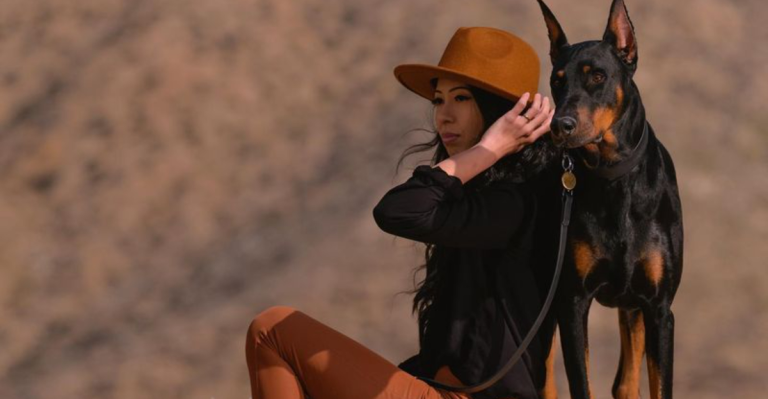15 Ways To Support Your Rescue Dog’s Journey To Confidence
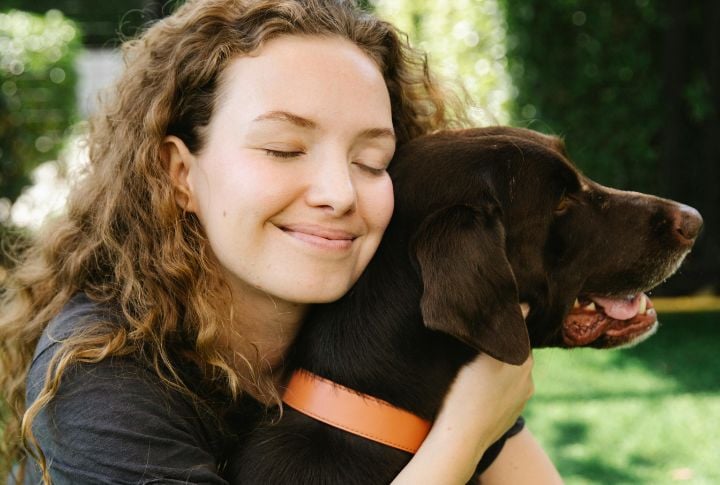
Rescuing a dog is a meaningful act—but it can also bring emotional hurdles. Many of these dogs carry the weight of trauma or neglect. The first step in helping them heal is understanding where their fear comes from. With patience, consistency, and compassion, real change can happen. Here are 15 ways to help these resilient dogs thrive.
Create A Safe Space
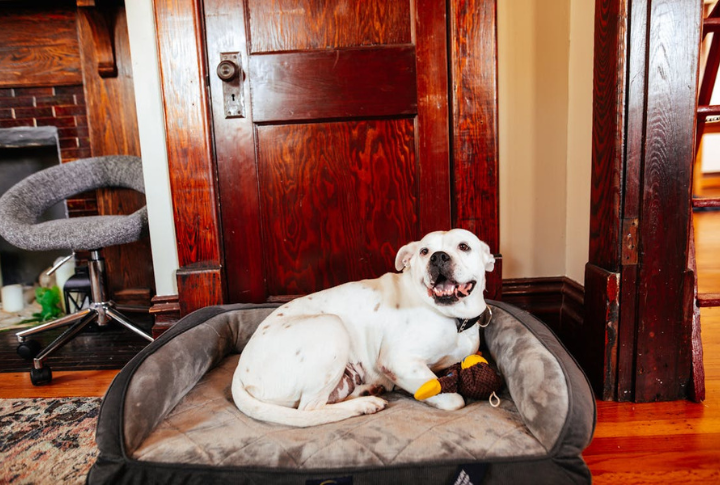
Provide a quiet, comfortable area where your dog can retreat when overwhelmed. This can be a crate or a cozy corner with a bed. Avoid high-traffic zones at first, as they may increase anxiety. In addition, equip the space with comforting items like blankets, toys, and chew items.
Establish A Routine

Dogs feel more secure when they know what to expect. A predictable schedule helps reduce anxiety and builds confidence in their new environment. So, for your rescue dog, set a consistent time for meals, walks, bathroom breaks, and sleep. Routine brings structure, a vital need for rescue dogs with uncertain pasts. Over time, they’ll begin to anticipate positive moments.
Use Calm Body Language
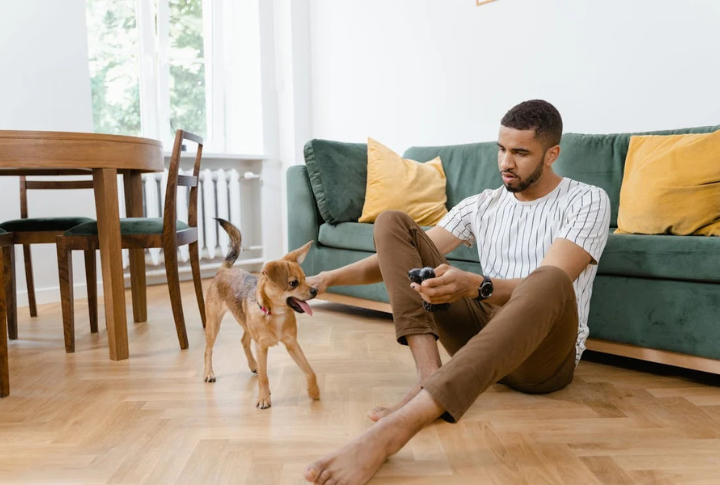
Speak gently and move slowly to avoid startling your dog. Try not to loom over them or make direct eye contact, as this can feel intimidating. Instead, sit at their level and let them come to you on their own terms. Dogs are always reading your body language, and your calm, relaxed presence helps them feel safe and secure.
Let Them Set The Pace
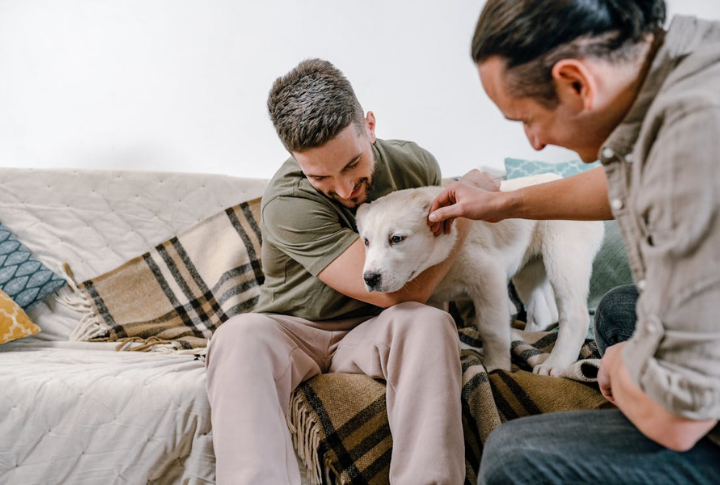
Never force a nervous dog to interact or explore. Allow it to initiate contact and gradually build curiosity on its own. Rushing the process can backfire and increase fear. When it approaches or wags its tail, recognize its efforts. Each positive step is progress toward confidence.
Introduce Positive Associations
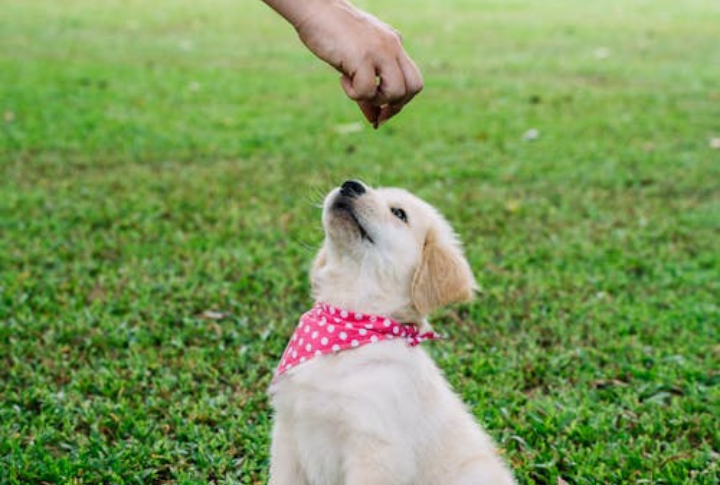
Pair new experiences with rewards like treats, praise, or play. This technique helps your dog associate things and events with good outcomes. For instance, give treats during short car rides or while meeting new people from a distance. Over time, these repeated pairings help reshape their responses to the world.
Engage In Gentle Play
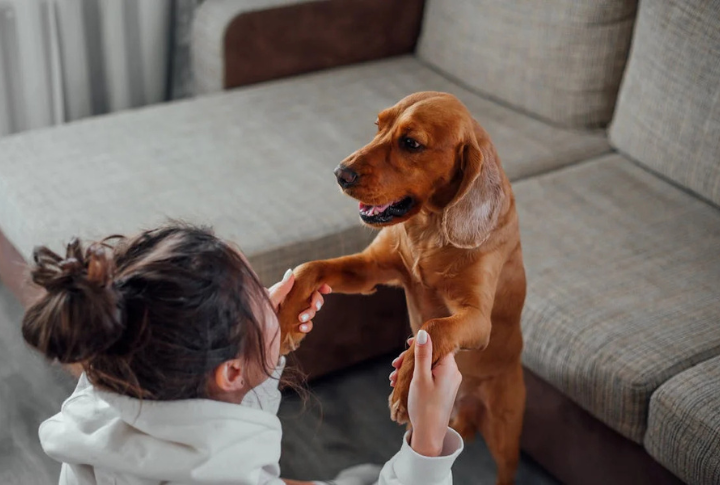
Play is a powerful way to build trust and boost your dog’s confidence. Begin with gentle, non-threatening toys like soft ropes or puzzle feeders. Hold off on high-energy games until your dog feels more at ease. Keep play sessions short and positive—these moments not only ease the tension but also give your dog space to show their true personality.
Avoid Punishment
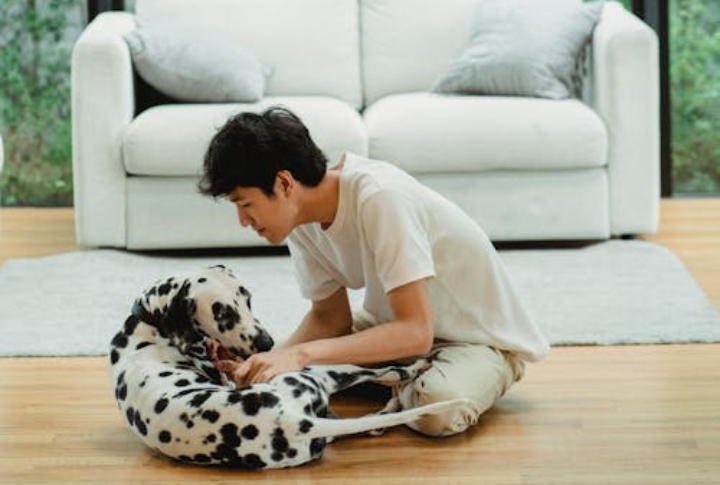
Punishment or harsh corrections can reinforce fear and hinder progress. Focus instead on guiding and redirecting undesirable behaviors. If your dog makes a mistake, calmly interrupt and show an acceptable alternative. Remember, nervous dogs often act out due to fear, not disobedience. However, gentle guidance will help them feel secure and understood.
Encourage Gentle Socialization

Positive socialization helps build a more resilient and adaptable dog. Introduce new people, pets, and environments slowly and on your dog’s terms. Begin with quiet, controlled settings where your dog can observe without being overwhelmed. Gradually increase exposure as confidence grows. Look for signs of stress and back off if needed.
Use Calming Tools If Necessary
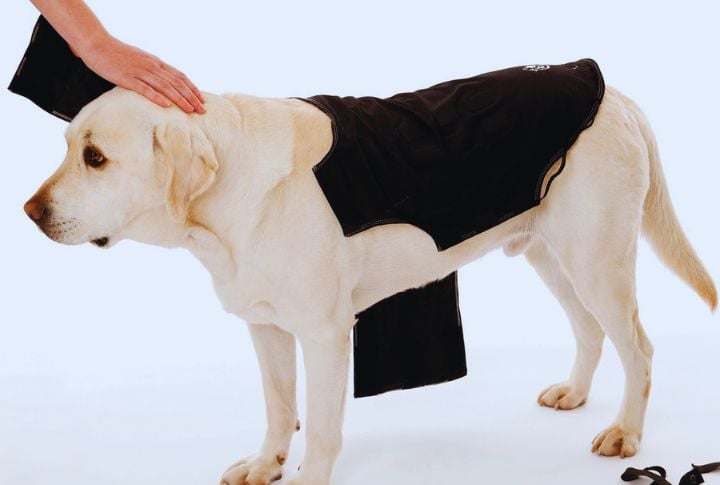
Some dogs benefit from calming aids during their adjustment period. Products like pheromone diffusers or anxiety wraps can soothe their nerves. Additionally, supplements or vet-prescribed medications may sometimes be appropriate. These tools should be used alongside behavioral techniques, not as a substitute. Talk to your vet to determine what’s best for your dog.
Be Consistent With Expectations
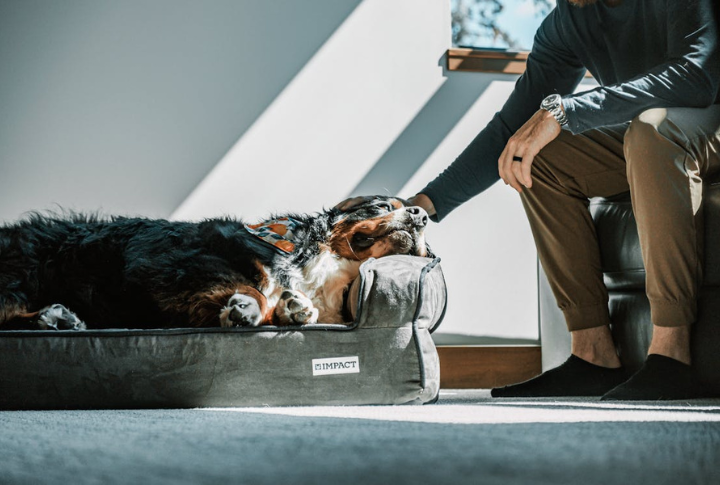
Clear boundaries help your dog understand what’s safe and what’s not. Reinforce the same rules and responses daily so your dog doesn’t feel confused or anxious. Mixed signals can cause setbacks in trust and behavior. Even small details, like where your dog is allowed to sleep, should stay consistent.
Practice Basic Training
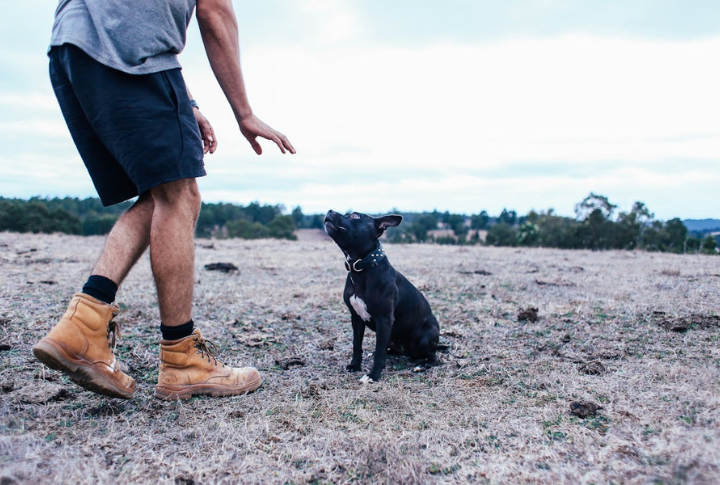
Training helps a dog understand their world and predict outcomes. Simple commands like “sit,” “stay,” or “come” combined with positive reinforcement are a great place to start. Keep sessions short and upbeat, focusing on success rather than correction. Consistent training not only improves communication but also builds your dog’s self-esteem.
Celebrate Progress
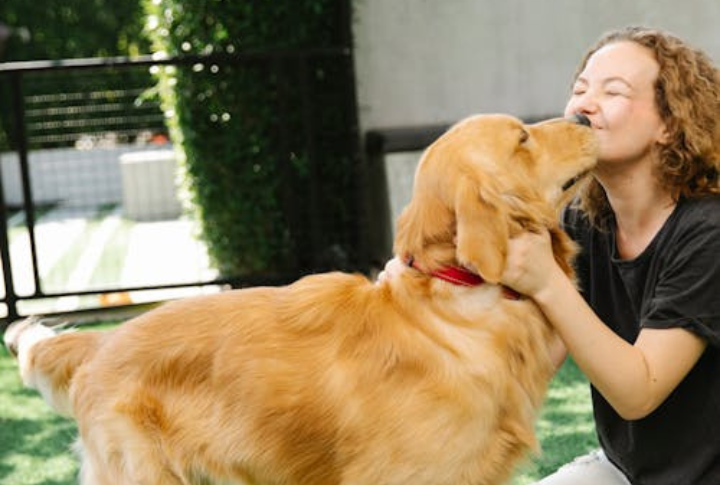
Recognize and reward each milestone your dog achieves. Whether it’s making eye contact, approaching guests, or going on longer walks—acknowledge it. Celebrating growth encourages your dog to keep moving forward. It also helps you stay motivated and optimistic during the journey. Even if progress appears to be slow, celebrate it.
Seek Professional Help If Needed
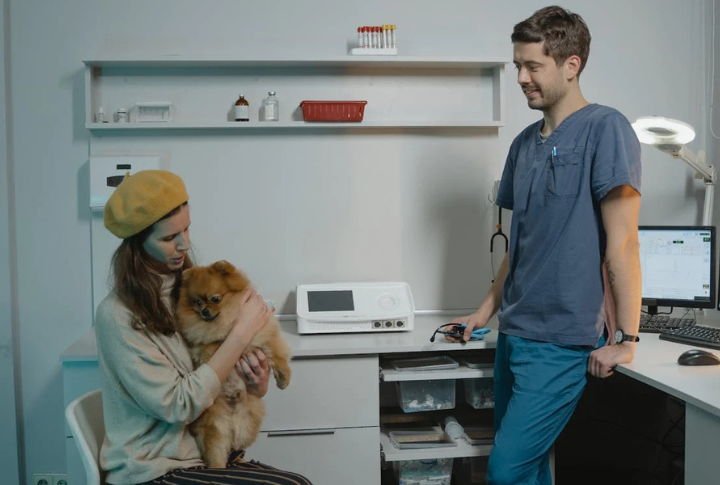
Some rescue dogs have deep-seated fears that require expert intervention. A certified dog trainer or behaviorist can create a custom plan tailored to your dog’s needs. They can also help you understand body language and avoid common mistakes. There’s no shame in asking for help—it often speeds up recovery.
Foster Independence With Safe Exploration
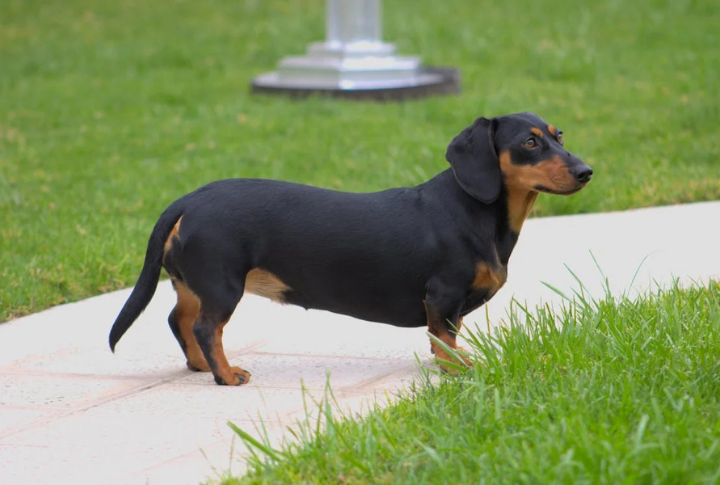
Allowing your dog to explore its environment at its own pace helps foster independence and boosts its confidence. Start by giving them access to a small area or yard where they can safely explore. Encourage curiosity by placing interesting objects around. Over time, they’ll become more comfortable navigating their space without constant supervision.
Confidence Takes Time
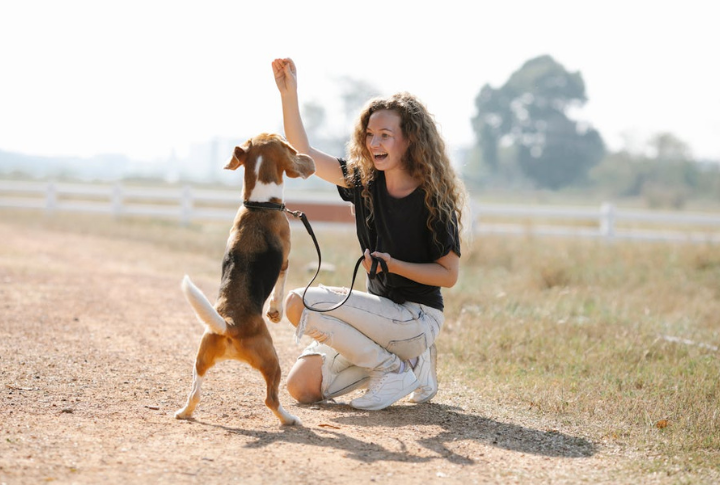
Helping a nervous rescue dog flourish isn’t an overnight process. It’s about building trust, one moment at a time, through empathy and consistency. With the right approach, even the most fearful dogs can become loving, loyal companions. Your support can change their life forever. So, stay patient and watch their confidence bloom.



